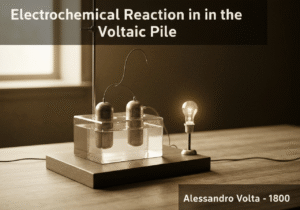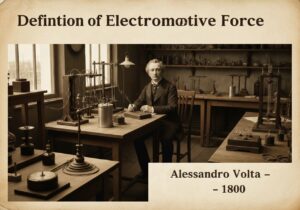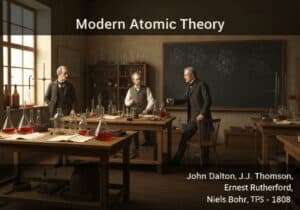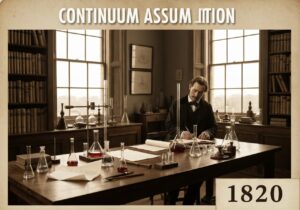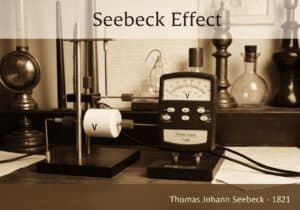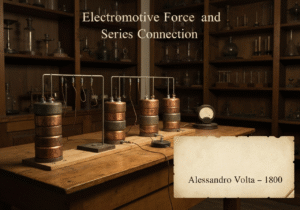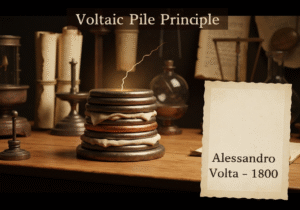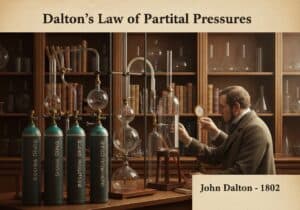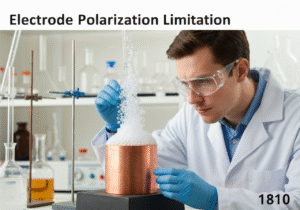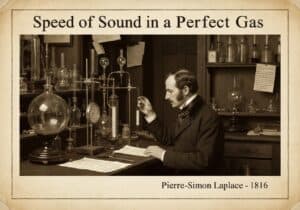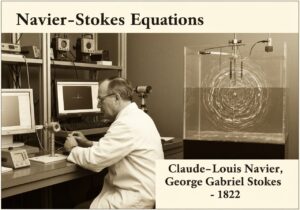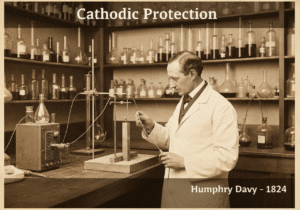Avogadro’s law states that equal volumes of all gases, at the same temperature and 压力, contain the same number of molecules. This establishes a direct proportionality between the volume of a gas and the amount of substance (number of moles). The mathematical relationship is expressed as [latex]V \propto n[/latex] or, more commonly, as [latex]V/n = k[/latex], where k is a constant.
Avogadro’s Law
- Amedeo Avogadro

Avogadro’s law, originally a hypothesis, was a crucial step in understanding the nature of matter. It was proposed to reconcile John Dalton’s atomic theory with Joseph Louis Gay-Lussac’s law of combining volumes. Gay-Lussac had observed that the volumes of reacting gases and their products were in simple whole-number ratios. For example, two volumes of hydrogen gas react with one volume of oxygen gas to produce two volumes of water vapor.
Dalton’s theory could not explain this, as it assumed a simple 1:1 combination of atoms. Avogadro’s revolutionary insight was to propose that elementary gases were not single atoms but molecules containing two or more atoms (e.g., H₂, O₂, N₂). This distinction between atoms and molecules resolved the paradox. The reaction could now be written as [latex]2H_2 + O_2 rightarrow 2H_2O[/latex], which perfectly matched the observed 2:1:2 volume ratio.
Despite its elegance, Avogadro’s hypothesis was largely ignored for nearly 50 years. Leading chemists of the era, including Dalton and Jöns Jacob Berzelius, rejected the idea that atoms of the same element could bond together. The law’s profound importance was only recognized after Stanislao Cannizzaro championed it at the Karlsruhe Congress in 1860. He demonstrated that accepting Avogadro’s law allowed for the creation of a consistent and logical system of atomic weights, unifying chemistry and laying the groundwork for the periodic table.
类型
中断
使用方法
前体
- john dalton’s atomic theory (1803)
- joseph louis gay-lussac’s law of combining volumes (1808)
应用
- stoichiometric calculations in chemical reactions involving gases
- determination of molecular formulas and molar masses
- foundation for the ideal gas law
- gas density calculations
专利:
迎接新挑战
机械工程师、项目、工艺工程师或研发经理
可在短时间内接受新的挑战。
通过 LinkedIn 联系我
塑料金属电子集成、成本设计、GMP、人体工程学、中高容量设备和耗材、精益制造、受监管行业、CE 和 FDA、CAD、Solidworks、精益西格玛黑带、医疗 ISO 13485
历史背景
Avogadro’s Law
(如果日期不详或不相关,例如 "流体力学",则对其显著出现的时间作了四舍五入的估计)。
相关发明、创新和技术原理
